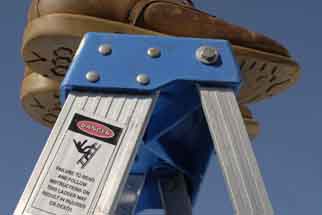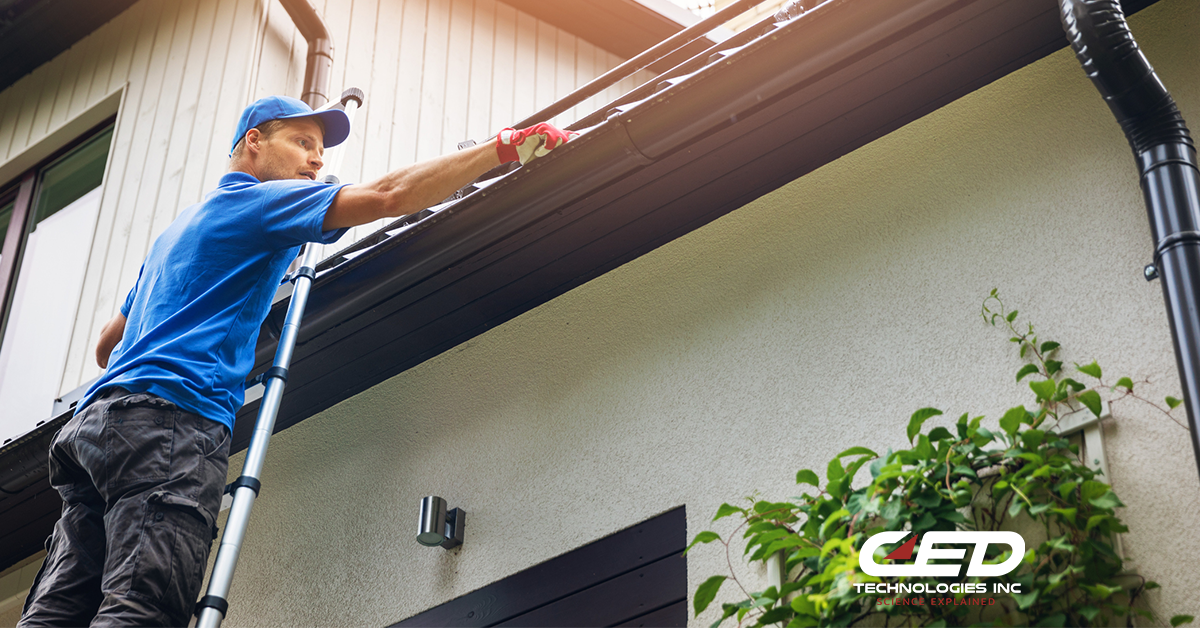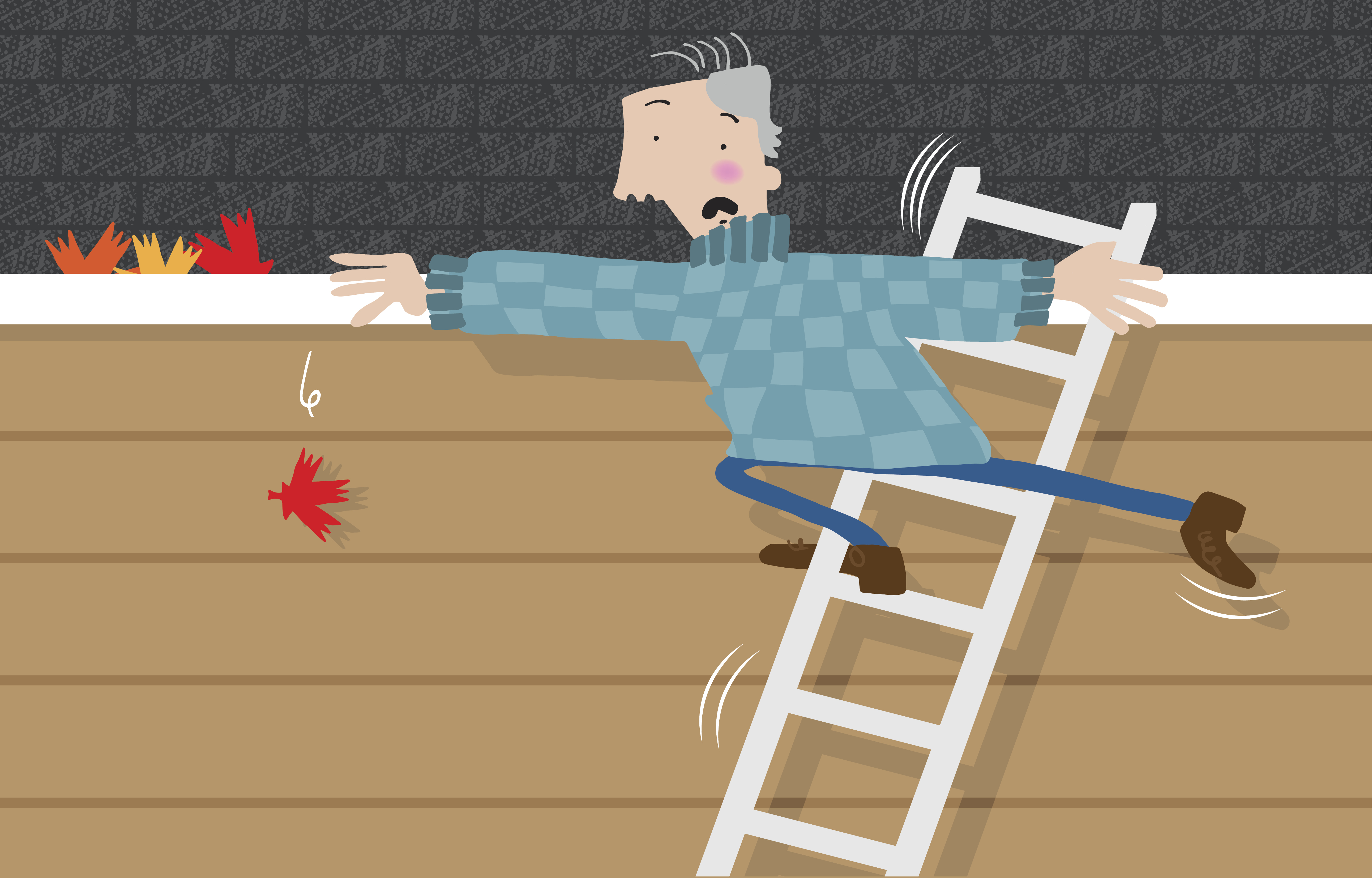Portable ladders are products widely used in both personal and commercial applications. With the right ladder and proper use, working above ground level should be no problem. Improper use, poor maintenance, poor design or construction and wear-and-tear, however, can lead to accidents that can cause serious injury, leading to litigation.
There are three basic portable ladder categories- industrial (250 pound capacity), commercial (225 pound capacity) and household (200 pound capacity). Portable ladders typically come in three materials- aluminum, wood, or fiberglass- each with pros and cons. Aluminum is the most durable, but will conduct electricity, so they should not be used on electrical jobs. Wood ladders are the most inexpensive, but are also the heaviest and subject to rot. Fiberglass has the best combination of durability and non-conductivity, but is the most expensive. Whatever type of ladder is being used, it should have the seal of approval from Underwriter's Laboratory (UL).
Ladders should be inspected regularly and well maintained. Stepladders and extension ladders should be inspected for broken or frozen joints or latches. Aluminum ladders should be inspected for cracks, broken welds, rough spots and burrs before each use (including the first). Wood ladders should be inspected for cracked wood, splinters, and rot. Look for broken or loose hardware. Sealants may be applied to protect wooden ladders. However, never paint a wooden ladder, as the paint may hide imperfections. Fiberglass ladders are protected with a clear sealant. If the fiberglass is damaged through the sealant, it should be sanded and re-sealed.
To avoid problems with ladders, the user should employ the following recommendations:
• Make sure the ladder is suited for the type of job you plan to do (see the types above).
• Before using a ladder, especially a ladder that has been stored in the garage for a while, inspect it for cracks or broken joints.
• Place your ladder on a stable, even, flat surface. Never place a ladder on top of another object.
• Use the 1:4 ratio to ensure a stable working platform. Place the base of the ladder 1 foot away of whatever it leans against for every 4 feet of height to the point where the ladder contacts at the top.
• When using an A-frame stepladder, make sure the brace is locked in place.
• If climbing onto another surface, make sure the ladder extends at least three feet past the platform you are climbing onto.
• Secure tall ladders by lashing or fastening the ladder to prevent movement.
• Always face the ladder when climbing or descending.
• Keep both feet on the ladder – never put one foot on a rung and the other foot on a different surface.
• Do not climb higher than the second rung from the top of stepladders or the third rung from the top of straight or extension ladders.
• Never stand on the top rung or the paint shelf of a stepladder.
• Keep your belt buckle (if you have one) positioned between the rungs so it does not catch.
• Never leave ladders unattended – kids love them.
• When working with electricity, use a ladder made of wood or fiberglass.
CED Investigative Technologies has worked on many ladder cases over the years and may be able to assist you with your case.






